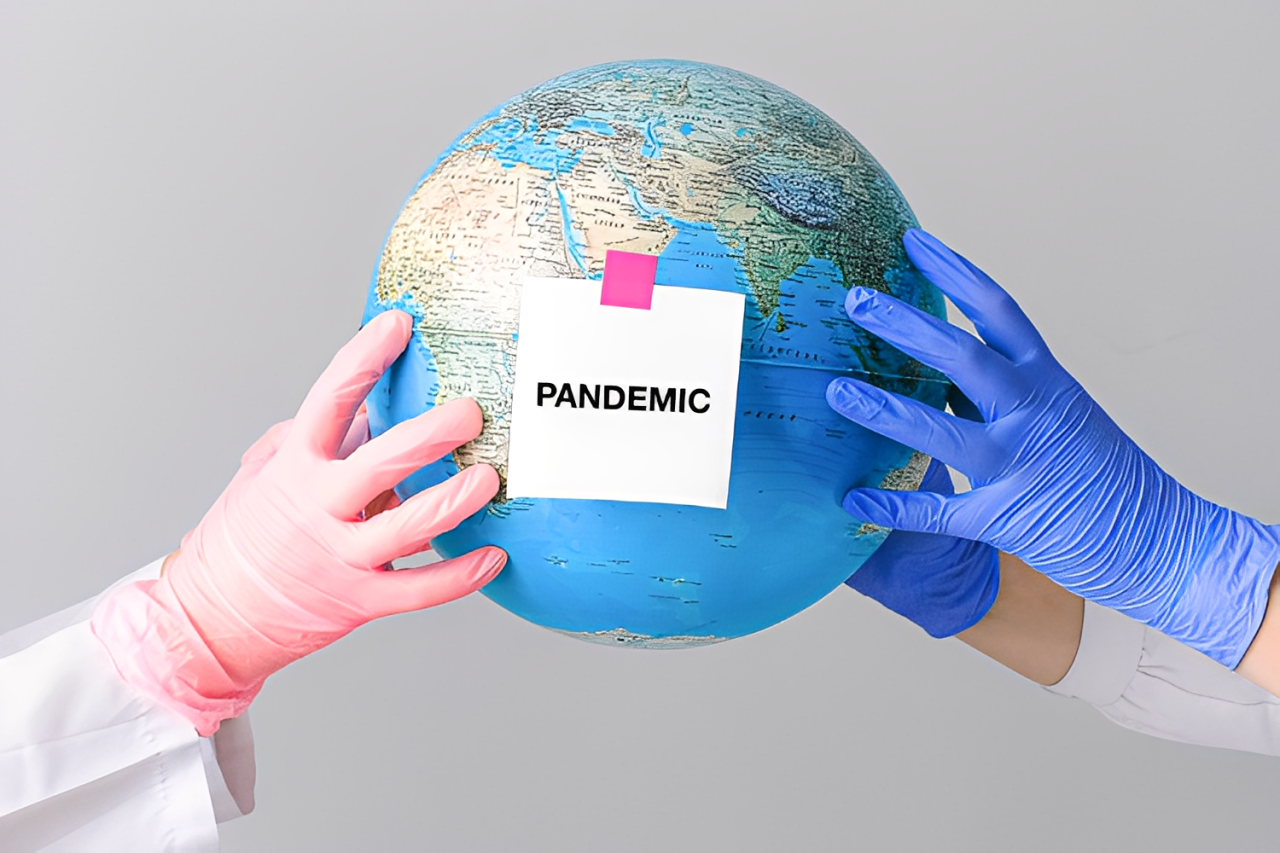
INTRODUCTION
In the competitive pharmaceutical industry, trademarks are vital assets, representing a company’s identity, reputation, and consumer trust. Trademark opposition is a legal tool that allows businesses to challenge the registration of competing trademarks, aiming to prevent confusion and protect intellectual property. However, in practice, larger pharmaceutical firms often use this tool strategically to undermine smaller competitors. By filing trademark opposition claims, big companies can delay or block the market entry of generic drugs or innovative products, securing their market share and profits. This strategy, often described as “big fishes swallowing small fishes,” illustrates how dominant companies can use their legal resources to stifle competition. This leads to reduced innovation, fewer affordable alternatives like generics, and less choice for consumers. Instead of encouraging a fair competitive environment, these tactics can perpetuate market dominance by the biggest players, hindering the entry of new, potentially beneficial products. Ultimately, while trademark opposition is designed to protect intellectual property, its misuse in the pharmaceutical industry raises concerns. It challenges the balance between protecting established brands and fostering competition, potentially harming consumers by limiting access to affordable medications and slowing innovation.
UNDERSATNDING OF BIG FISH AND SMALL FISH IN PHARMACEUTICAL INDUSTRIES:
When we talk about “big fish,” we’re referring to large and powerful pharmaceutical companies. These companies operate on a global scale, with a significant market share and extensive resources. They have massive financial backing, large research teams, and huge manufacturing capabilities. Their products are available worldwide, and they often lead the industry in terms of sales and innovation. “Small fish” refers to smaller pharmaceutical companies that are usually more focused on specific regions or specialized areas. These companies don’t have the vast resources of big fish, but they often work on innovative drugs or treatments that cater to niche markets. They may not have the global reach of larger companies, but they can still make a significant impact, especially in specialized fields. Sometimes, big fish might acquire small fish if they develop promising drugs. Examples of small fish are smaller biotech firms or regional pharmaceutical companies.
THE DIFFERENCES BETWEEN BIG COMPANIES AND SMALL COMPANIES, PHARMACEUTICAL INDUSTRIES:
Pharmaceutical companies play a crucial role in shaping global healthcare, but there’s a notable difference between big and small pharmaceutical companies. While both aim to improve health outcomes, their approach, resources, and operations vary significantly. We will explore the key differences between Big and small pharmaceutical companies in detail.
- SIZE AND SCALE OF OPERATIONS:
Big Pharma companies, with their vast global reach and resources, develop a wide range of medications, while Small Pharma companies focus on niche markets, often specializing in rare diseases and relying on innovation and partnerships to compete. Both are crucial to advancing healthcare through their distinct roles.
- RESEARCH AND DEVELOPMENT (R&D)
Big Pharma companies invest heavily in expansive R&D teams and large-scale clinical trials to develop blockbuster drugs, while Small Pharma companies focus on niche areas like rare diseases, relying on innovation and partnerships to overcome funding challenges in their research efforts. Both approaches contribute to the advancement of pharmaceutical development.
- FINANCIAL RESOURCES AND REVENUE GENERATION
Big Pharma companies generate massive revenue through a wide range of products, benefiting from economies of scale and the ability to absorb risks, while Small Pharma companies relies on the success of a few key products and external funding, making their financial success more volatile and dependent on individual outcomes.
- PRODUCT PORTFOLIO:
Big Pharma companies offer a broad product portfolio across multiple therapeutic areas, including prescription drugs, vaccines, and medical devices, while Small Pharma companies specialize in niche markets, often focusing on rare diseases or innovative treatments that require specialized expertise. Both contribute to healthcare by addressing different market needs.
- MARKET REACH AND DISTRIBUTION
Big Pharma companies have a vast global presence, using extensive networks and sales teams to reach worldwide markets, while Small Pharma companies focus on regional markets and often relies on partnerships with larger companies for international distribution due to more limited resources. Both strategies aim to maximize market reach within their respective capabilities.
- REGULATORY AND COMPLIANCE CHALLENGES
Big Pharma companies navigates complex global regulatory requirements with dedicated teams and resources, ensuring compliance across multiple countries, while Small Pharma companies faces similar challenges but with fewer resources, often leading to delays and higher costs in obtaining approvals in various markets. Both must overcome regulatory hurdles to bring products to the market.
- INNOVATION AND STABILITY
Big Pharma companies balance innovation with stability, focusing on both breakthrough treatments and maintaining revenue from blockbuster drugs, while Small Pharma companies embrace agility and risk-taking, rapidly innovating but facing potential financial instability from product failures.
- Mergers and Acquisitions (M&A)
Big Pharma companies often grow through mergers and acquisitions, acquiring smaller firms to expand market reach and access new innovations, while Small Pharma companies are more likely to be acquired, gaining resources to develop niche products and technologies. Both benefit from these strategic moves to enhance their portfolios.
- Time to Market
Big Pharma companies can push drugs through development faster due to its resources, though delays still occur in clinical trials and approvals, while Small Pharma’s companies’ quicker decision-making accelerates innovation but is hindered by limited resources, slowing down the product launch process.
BIG FISH SWALLOW SMALL FISH TRADEMARK OPPOSITION IN THE PHARMACEUTICAL INDUSTRY
In the highly competitive pharmaceutical sector, trademarks play a crucial role in protecting the identity of drugs and brands. However, trademark opposition has evolved from a simple tool to prevent consumer confusion into a strategic maneuver used by larger companies to block smaller competitors. By challenging the trademarks of emerging players, these industry giants create significant obstacles to market entry. This practice raises important concerns about fair competition, innovation, and access to affordable medicines. As big companies increasingly weaponize trademark opposition, it underscores the tension between safeguarding intellectual property and maintaining a competitive, consumer and market.
HOW BIG COMPANIES USE TRADEMARK OPPOSITION AGAINST SMALLER COMPETITORS:
Big pharmaceutical companies sometimes challenge the trademarks of smaller competitors, not because they believe the trademark will confuse consumers, but to slow down or stop the smaller company from entering the market. This is a way for the big companies to maintain their control, especially since smaller businesses often don’t have the money or resources to fight long, expensive legal battles. If a smaller company faces a trademark opposition, it has to spend time and money either defending its trademark or possibly giving up on its product altogether. This puts a lot of pressure on the smaller company, both financially and mentally. The stress of the legal process, combined with the high costs, can make it feel like a losing battle, and many smaller businesses may eventually decide it’s not worth continuing. Ultimately, this strategy helps the big company prevent new competition from gaining a foothold.
HOW SMALL PHARMACEUTICAL COMPANIES CAN DEFEND AGAINST TRADEMARK OPPOSITION:
Small pharmaceutical companies can take several strategic steps to defend against trademark opposition. First, they should gather evidence to prove the distinctiveness of their trademark, showing it is unique and not confusingly similar to existing marks. This can include customer surveys, market evidence, or expert opinions that highlight the trademark’s recognition. Second, engaging in settlement negotiations can be an effective approach, as resolving disputes early may avoid lengthy legal battles. However, if settlement is not possible, companies must prepare for a protracted legal fight, which could involve extensive legal costs and time. A skilled intellectual property (IP) attorney plays a crucial role in guiding the company through these complexities. These attorneys are essential in formulating defense strategies, navigating trademark laws, and ensuring that the company’s interests are adequately protected during the opposition process. Their expertise in intellectual property law helps the company make informed decisions and strengthens their position in the dispute.
CASE LAW
Delhi High Court Novartis AG v. Cipla Ltd, Novartis filed trademark opposition against Cipla’s generic version of the cancer drug Glivec (imatinib mesylate), despite the two drugs being identical in terms of active ingredients. Cipla’s generic drug was priced significantly lower, offering an affordable alternative for patients, especially in developing countries. However, Novartis leveraged its considerable legal resources to oppose Cipla’s entry into the market, arguing that the similar names of the drugs could cause consumer confusion. This trademark opposition, though not based on genuine concerns about brand confusion, was a strategic move by Novartis to delay Cipla’s entry into a market valued at millions of dollars. The legal process dragged on for months, and Cipla faced significant hurdles in launching its generic drug. By prolonging the case, Novartis essentially sought to maintain its market monopoly, keeping prices for Glivec high and preventing cheaper alternatives from reaching patients. The case raised ethical concerns about access to affordable medicines. While Novartis had the legal right to protect its brand, the opposition ultimately hindered competition and delayed access to life-saving treatments for patients in need.
CONCLUSION
Trademark opposition is a powerful tool in the pharmaceutical industry, and when used strategically by large companies, it can have significant consequences for smaller competitors, innovation, and consumer welfare. While trademark opposition serves to protect intellectual property, it can also be used as a legal strategy to block competition and maintain market dominance. This practice raises important ethical concerns, particularly regarding access to affordable medicines and the broader public interest. Reforms to the trademark opposition process, as well as policies that promote fair competition and innovation, are necessary to ensure that the pharmaceutical industry serves the needs of consumers and promotes global public health.




Leave a Reply